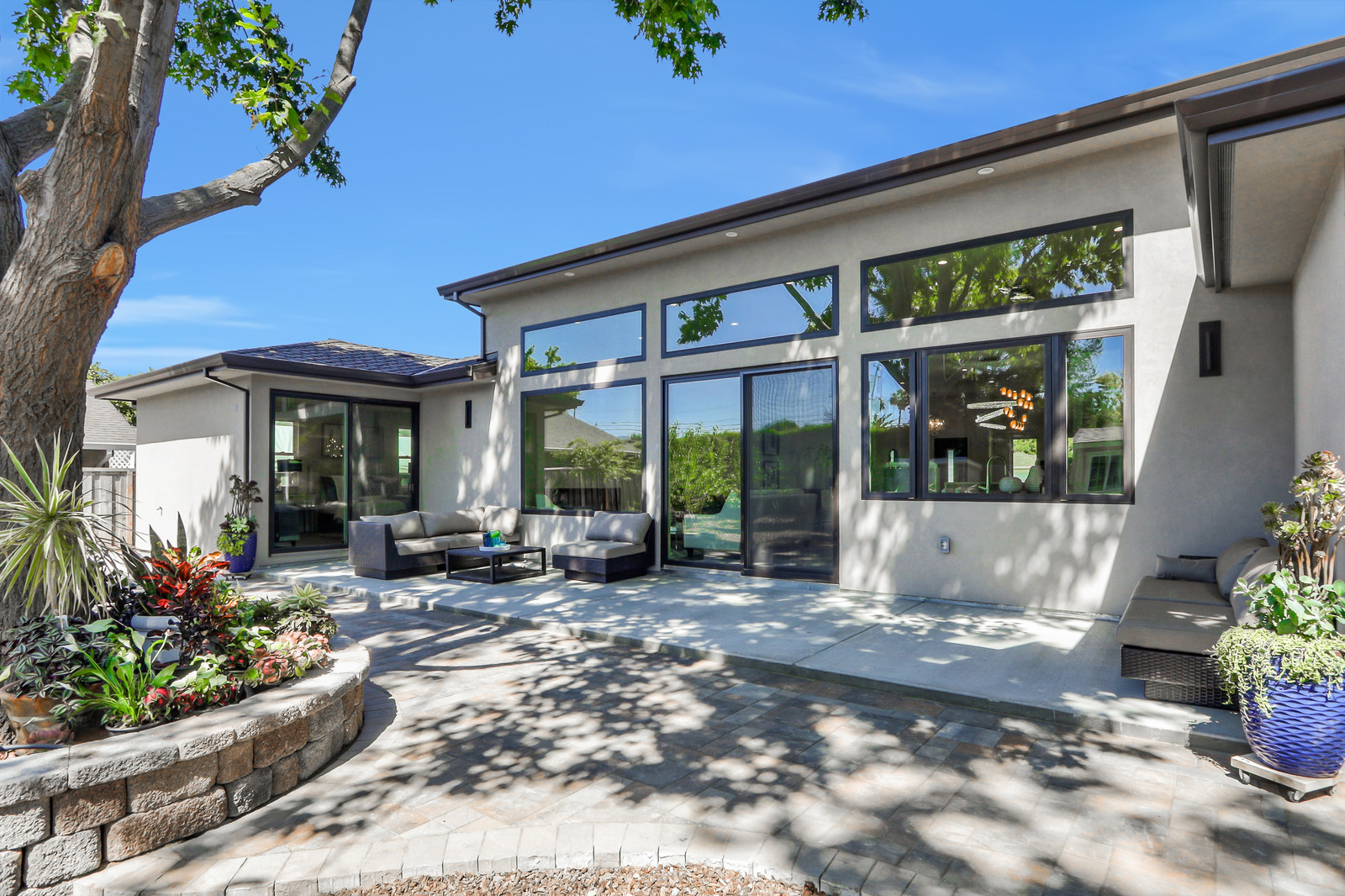
When planning for a remodeling project, homeowners are generally advised to get bids from at least three contractors so they can compare apples to apples. However, when the bids come in, homeowners are often confused and/or discouraged by what they read. For one thing, it’s common for bids to have substantial price variations, despite being for the same project. Furthermore, bids are often much higher than homeowners expect. In fact, the American Institute of Architects reports that over 60 percent of building plans never get built, in many cases due to the projected costs exceeding the amount homeowners are willing to spend.
Fortunately, your remodeling project doesn’t have to succumb to this fate. By gaining an understanding of what drives remodeling costs and taking proactive steps to address these factors, you can promote accuracy and consistency with your project bids. Additionally, this knowledge will help you stay in control of your costs throughout the project.
What causes cost variations with contractor bids?
The biggest reason for cost variations between bids is the assumptions contractors must make to complete their estimates. These assumptions are primarily based on three factors:
- Architectural plans. The more detailed the plans, the more specific a contractor can be with the cost estimate. In contrast, vague architectural plans require a contractor to make lots of assumptions.
- The contractor’s initial walkthrough of your home. A contractor that spends an ample amount of time evaluating your home during the walkthrough will be able to provide a more detailed and accurate estimate.
- Specificity of materials to be used. Appliances, fixtures and finishes are some of the most expensive aspects of a remodeling project. Furthermore, there’s often a wide range of price variation for any given material. When materials aren’t specified, a contractor has to make assumptions, which unsurprisingly leads to a lack of accuracy with the bid.
Promoting bid accuracy
Given these factors, it’s clear that the best way to promote accuracy with project bids is to minimize the number of assumptions contractors must make when creating them. Here are some ways you can do this:
Determine your budget early. As you contemplate your remodeling project, establish the amount of money you’re willing to invest. You don’t need to know how much the renovations will cost; however, you do need to know what you’re willing and able to spend. Delivering this information to contractors upfront will give them specific parameters with which to create their bids.
Assemble a quality team. When you have an architect and a contractor working together, you tap into the experience necessary to inform construction means, methods and costs during (rather than after) the design phase. Utilize third-party verification (such as the Diamond Certified Resource) to find a quality architect and contractor. Another option is to hire a design/build team, wherein the architect, contractor and other key players are assembled under a single roof. This team-based approach helps keep things on target for meeting your project and budget objectives.
Select as many materials as possible during the design phase. This includes things like flooring, countertops, plumbing fixtures, cabinets and kitchen appliances. You should also identify the suppliers you’re going to purchase from and get specific cost quotes for each product. That way, you can deliver specific information to contractors and minimize cost surprises once construction begins.
Find a Diamond Certified remodeling contractor in your area
